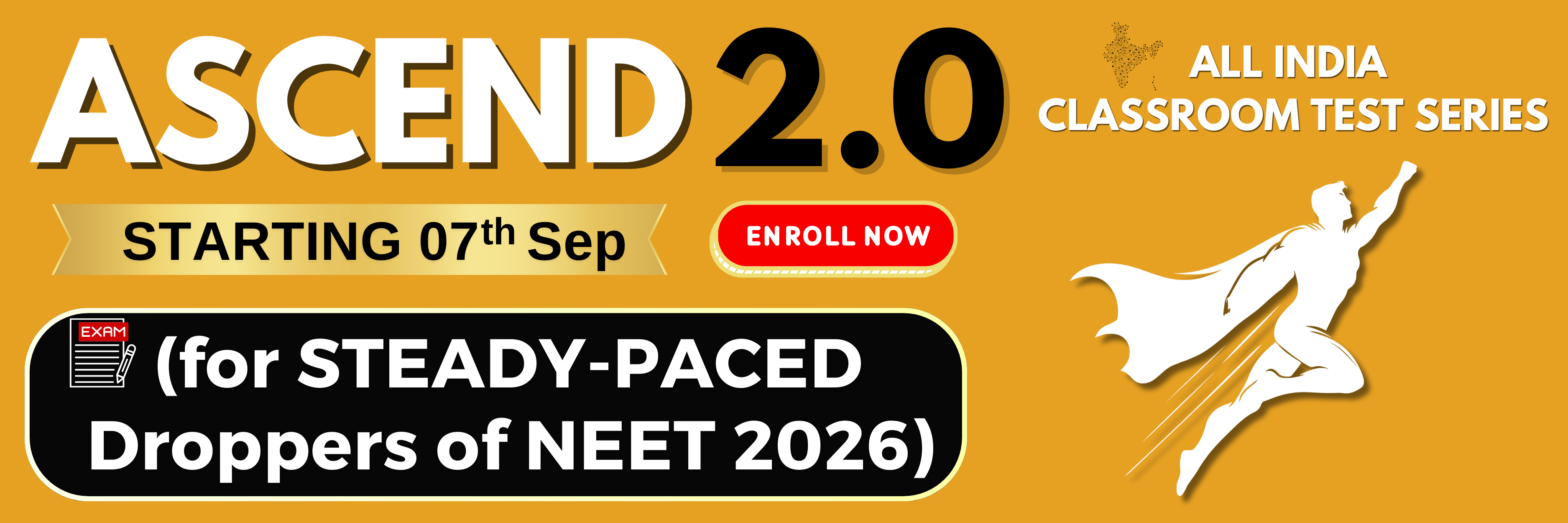Ambulacral grooves are absent in the living forms of the Class
1. Crinoidea
2. Asteroidea
3. Ophiuroidea
4. Echinodermata
Which of the following Phyla are included in Enterozoa?
| 1. | Annelida, Mollusca, Porifera |
| 2. | Echinodermata, Hemichordata, Porifera |
| 3. | Mollusca, Arthropoda, Hemichordata |
| 4. | Porifera, Mollusca, Arthropoda |
Hydra receives impulses and stimuli through
(1) nerve net
(2) nematocytes
(3) sensory cells
(4) flame cells
Which one feature is common to leech, cockroach and scorpion?
| 1. | Nephridia | 2. | Ventral nerve cord |
| 3. | Cephalisation | 4. | Antenna |
Based on cellular mechanisms there are two major types of regeneration found in the animals. Which one of the following is the correct example of the type mentioned?
(1) Morphallaxis - Regeneration of two transversel cut equal pieces of a Hydra into two small Hydras
(2) Epimorphosis - Replacement of old and dead erythrocytes by the new ones
(3) Morphallaxis - healing up of a wound in the skin
(4) Epimorphosis - Regeneration of crushed and filtered out pieces of a Planaria into as many new Planarians
Which one of the following groups of structures/organs have similar function?
| 1. | Typhlosole in earthworm, intestinal villi in rat and contractile vacuole in Amoeba. |
| 2. | Nephridia in earthworm, Malpighian tubules in cockroach and urinary tubules in rat. |
| 3. | Antennae of cockroach, tympanum of frog and clitellum of earthworm. |
| 4. | Incisors of rat, gizzard (proventriculus) of cockroach and tube feet of starfish. |
Which one of the following features is common in silverfish, scorpion, dragonfly and prawn?
| 1. | Two pairs of legs and segmented body |
| 2. | Living chitinous cuticle and two pairs of antennae |
| 3. | Jointed appendages and chitinous exoskeleton |
| 4. | Closed blood circular system |
Which one of the following is correctly matched with its one characteristic and the taxon?
| Animals | Characteristic | Taxon | |
| 1. | Millipede | Ventral nerve cord | Arachnida |
| 2. | Duckbill platypus | Oviparous | Mammalia |
| 3. | Silverfish | Pectoral and pelvic fins | Chordata |
| 4. | Sea anemone | Triploblastic | Cnidaria |
All mammals without any exception are characterised by
| 1. | viviparity and biconcave red blood cells |
| 2. | extra-abdominal testes and a four chambered heart |
| 3. | heterodont teeth and 12 pairs of cranial nerves |
| 4. | a muscular diaphragm and milk producing glands |
A lizard-like member of reptilia is sitting on a tree with its tail coiled around a twig. This animal could be
| 1. | Hemidactylus showing sexual dimorphism |
| 2. | Varanus showing mimicry |
| 3. | garden lizard (Calotes) showing camouflage |
| 4. | Chamaeleon showing protective colouration |






